Android Auto has long been a lifesaver for people who can pair their phones with car infotainment systems, which makes navigating, playing back media, or communicating hands-free much easier. The experience, however, is quite different depending on the brand and model of your smartphone. Xiaomi forms part of some global sales charts with its sub-brands Redmi and POCO due to its value-for-money offering. Just how well do these devices work with Android Auto?
Compatibility and Performance
While they run slightly differently, most devices from Xiaomi, Redmi, and POCO do show pretty good compatibility with Android Auto. Most of the newer models from these series come with MIUI and HyperOS Xiaomi’s custom flavor of Android, tailored together to cover as large a base of applications and services as possible, including Android Auto. The experience isn’t without its quirks and issues, however.
- Software updates and HyperOS version: How smooth Android Auto works on these devices depends much on the version of Xiaomi HyperOS and, therefore, the Android version underneath. Xiaomi frequently rolls out updates for its Xiaomi HyperOS software, and sometimes, the package improves or ruins connectivity with Android Auto.
- Use Xiaomi HyperOS: There are fewer issues in devices running on MIUI 12 and later versions and Xiaomi HyperOS of Android Auto however, even people who use older versions of MIUI report very few glitches.
- Common Issues: Some users have reported intermittent issues wherein the phone either would not connect to the vehicle system or lost its connection all of a sudden.
- App Crashes: Sometimes, Android Auto crashes or freezes due to Xiaomi HyperOS’ aggressive battery management system; this is often because it might close background apps.
- Resolution and Scaling Issues: As Xiaomi, Redmi, and POCO devices sport pretty a versatile range of screen sizes and resolutions, some users have complained of scaling issues wherein the Android Auto interface doesn’t fit the car display well.
- Model-Specific Performance: High-end devices, such as the Xiaomi Mi 11 or the POCO F3, will have an easier time running Android Auto more smoothly due to greater hardware resources and better optimization. • Budget models, such as the Redmi Note series, will sport less powerful hardware and might thus be more affected by performance issues due to optimization.
Tips for Improving Android Auto Performance
The following are some tips that can help in improving the performance of Android Auto on Xiaomi, Redmi, and POCO devices:
- Update your software: Make sure you are running the latest firmware version of your device and that the Android Auto app has the latest updates. Updates often fix existing bugs and enhance compatibility.
- Change Battery Saver Settings: – Do not allow the battery saver settings to enforce any restrictions on Android Auto. Go to Settings > Battery > App Battery Saver, and change Android Auto to No limits.
- Use High-Quality USB Cables: One of the most common problems that can hinder the performance of Android Auto is related to the use of low-quality USB cables. Ensure that you use a high-quality USB cable that will support data transmission and charging.
- Clear Cache: Clearing the cache for Android Auto and its related apps sometimes works like a magic wand. Settings > Apps > Manage Apps > Android Auto > Clear Data and Cache.
User Feedback and Experiences
User feedback represents a mixed experience. Positive Experience: Many users have reported that, after fiddling with the settings a bit and updating their devices, Android Auto worked just fine and provided a smooth interface.
While Xiaomi devices, Redmi, and POCO basically work with Android Auto, the user experience may differ. Most issues can be resolved via software updates and proper setting adjustment using the right accessories. Before purchasing any device from these companies to work with Android Auto, it’s worth looking for the latest user comments and forums for model-specific problems. That again, after a little hassle, most of the users can enjoy a brisk Android Auto experience quite seamlessly with their Xiaomi, Redmi, or POCO devices.

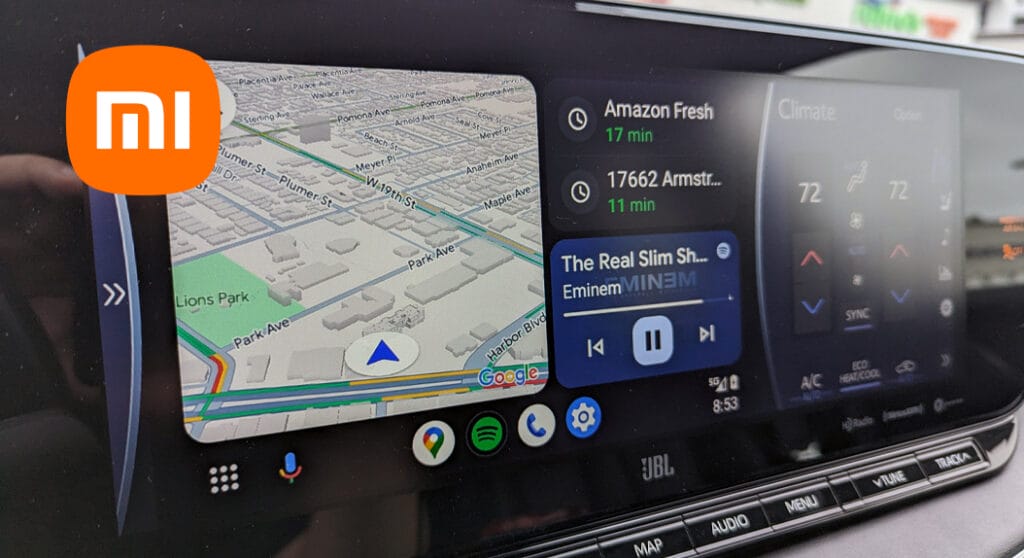
 Emir Bardakçı
Emir Bardakçı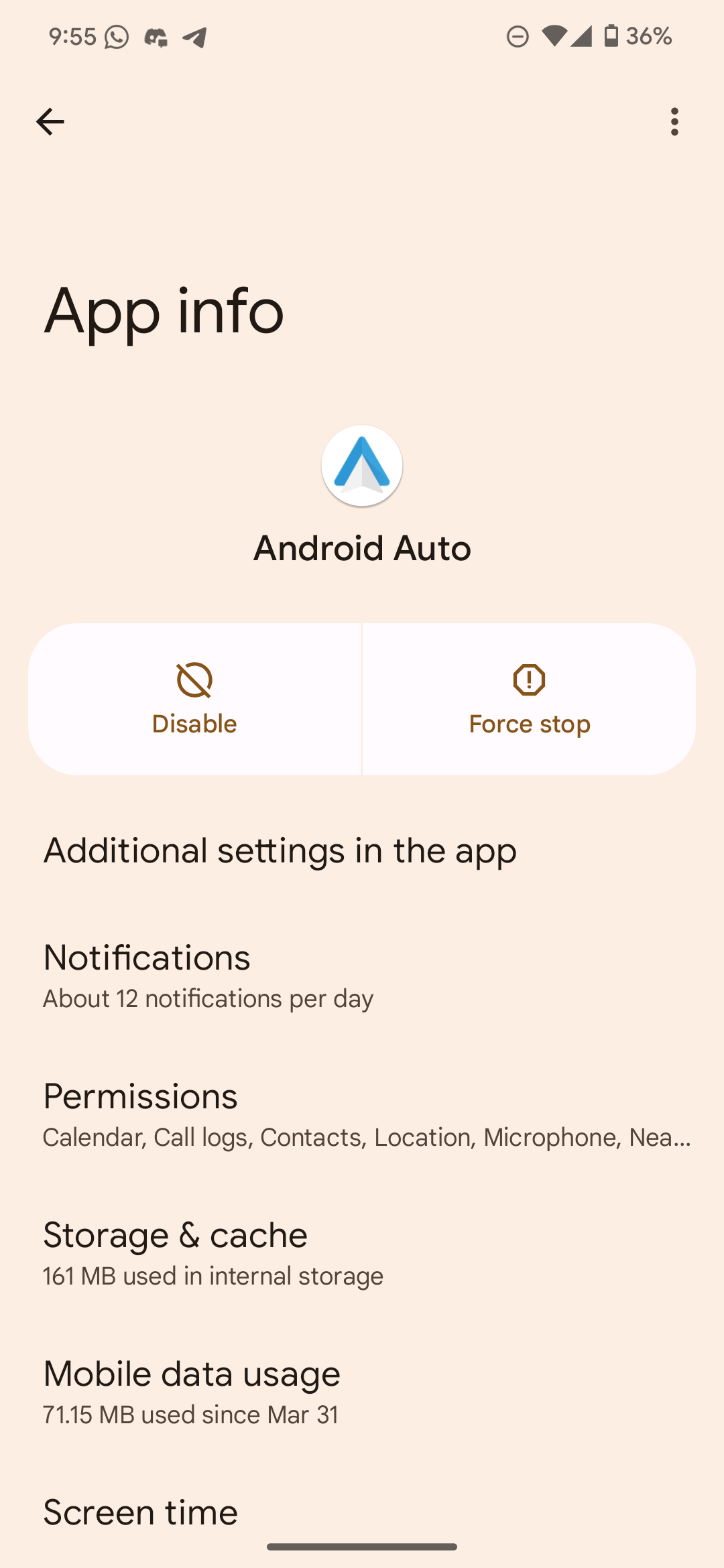
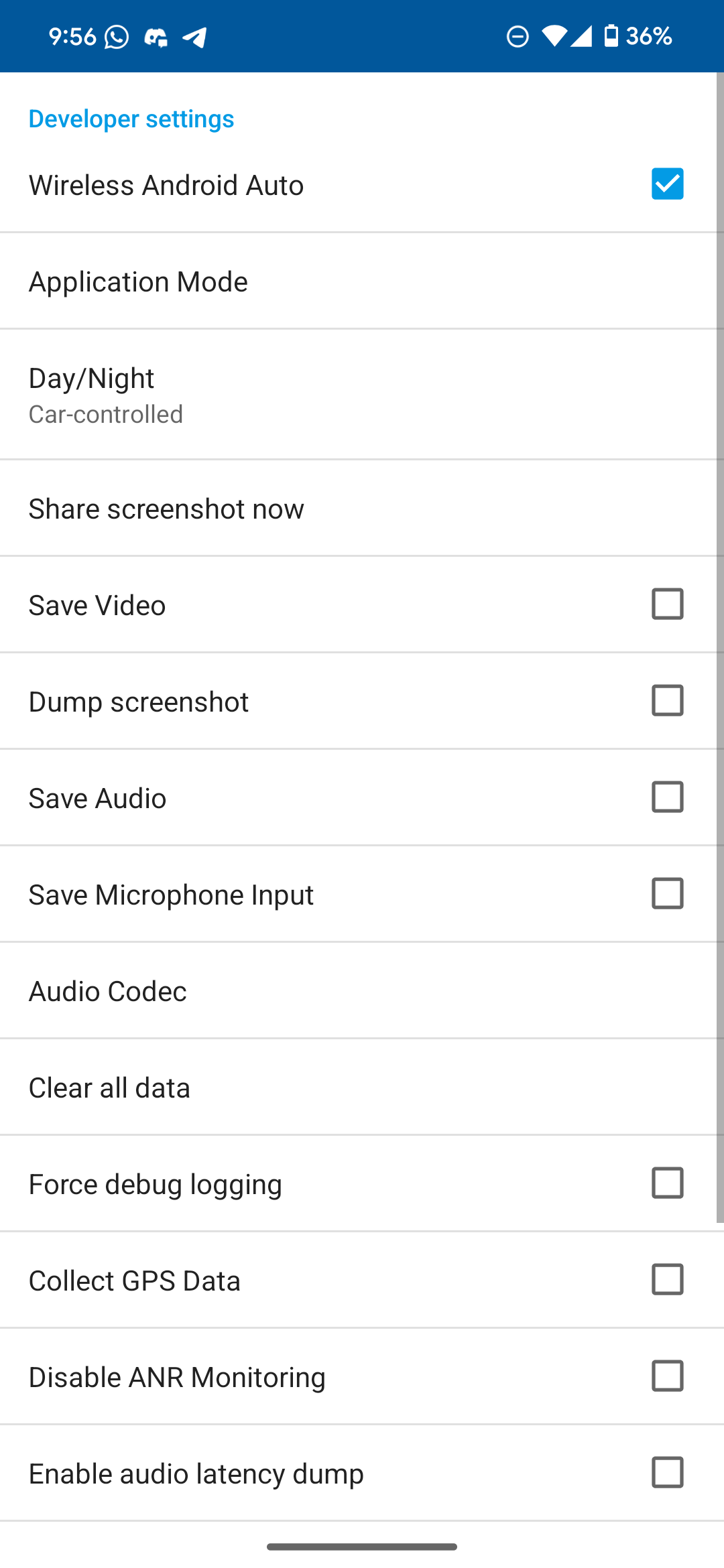
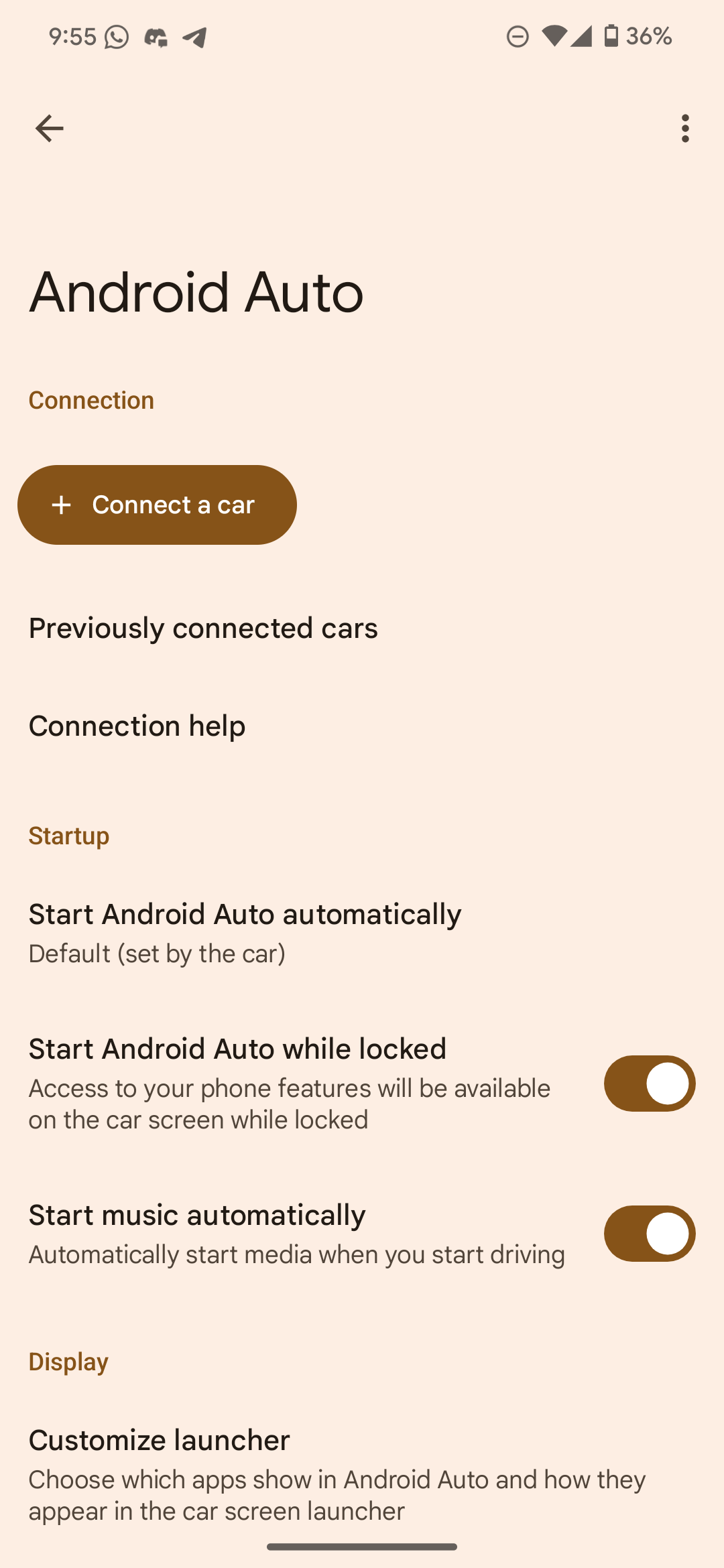
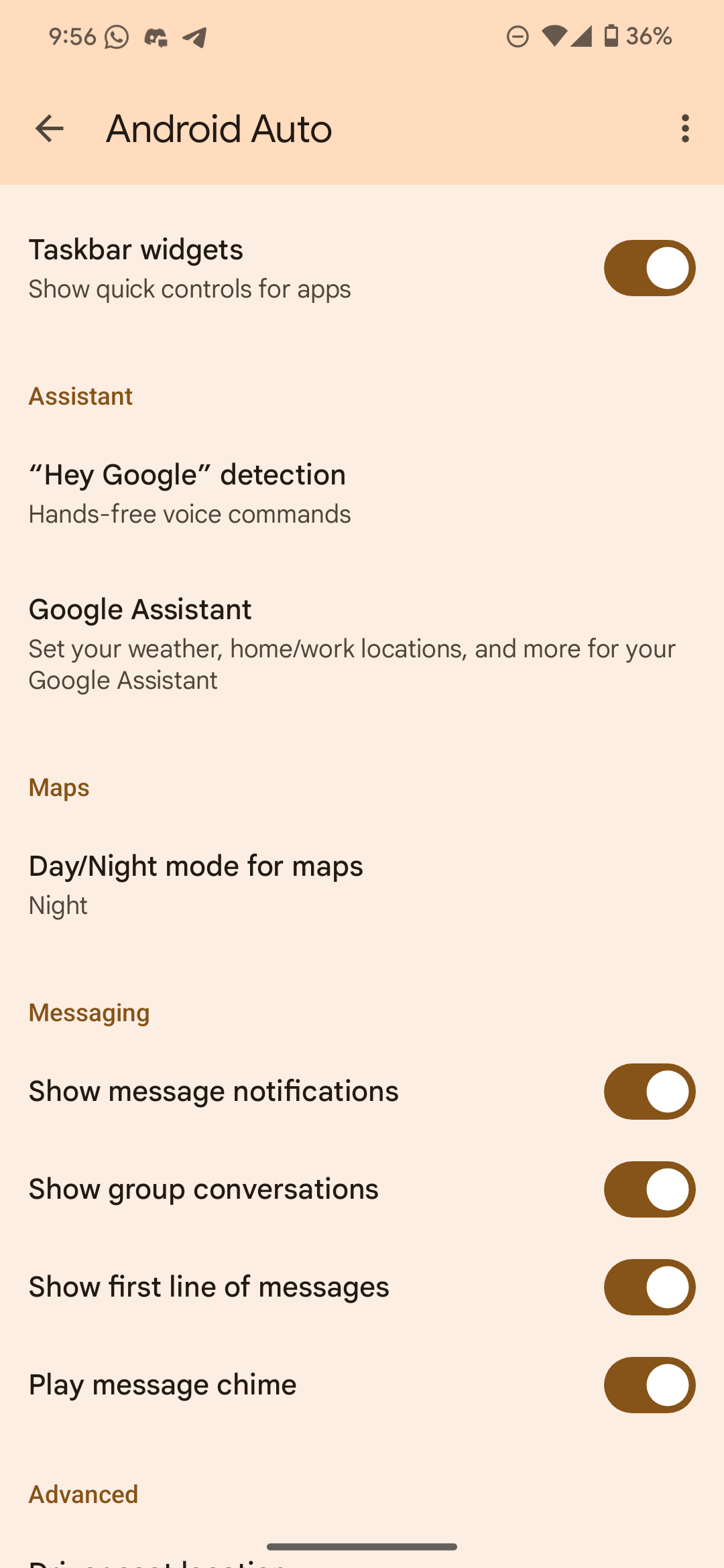


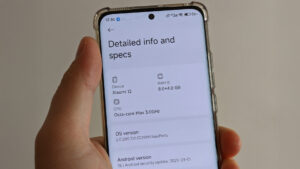
I just bought xiaomi13t pro and android auto does not work. It work fine with the older Poco x3
I’ve the same problem with Redmi Note 13 Pro+.
Have the latest firware/updates, tried different USB cables, updated the software from the car ( via the dealer ), change setting phone but still no working Android Auto.
Sometimes a few pictures, but most of the time a black display.
I’ve same problem with the Redmi Note Pro+.
Have latest firmware/updates, tried different USB cables, car software is updated (by dealer), change setting phone.
Still a problem, get most of the time only a black screen or even the radio freeze.
Can’t find the setting “battery saver” mode on my device.
I have the same problem with my Redmi Note Pro+. will the same problem persist if I buy a carplay device?
Any news? I hace the same isue with My 14t pro